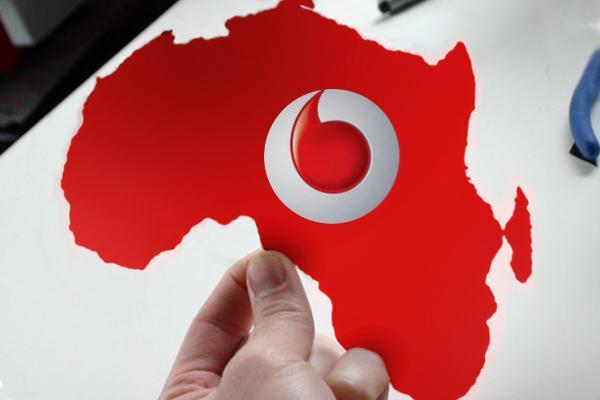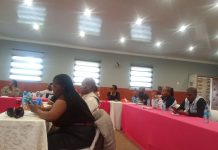Africa-Press – Lesotho. Lesotho is the fifth African market that Vodacom has launched M-Pesa in and it’s been learning the lessons from the other countries it has rolled out in.
It has sought to ramp up numbers fast to get a critical mass and then switch to encouraging transactions. Muchangwe Ferrao looks at how Vodacom tackled the M-Pesa launch.
You still hear wiseacres telling you that outside of Kenya m-money transfers have not really taken off. Perhaps their failure in the rather different circumstances of South Africa has something to do with it.
M-money transfers are succeeding as a product in Kenya, Tanzania and Uganda but are having a much harder time finding their feet in West African markets.
The truth is that a significant part of whether m-money transfers are successful or not is about people changing the habits of a lifetime. This kind of behavior change takes time but it won’t easily happen if you don’t learn the lessons from elsewhere.
Lesotho, a monarchy, is amongst one of the poorest countries in Africa. With an estimated population of 2 million; a GDP of $2.4 billion; and an annual growth rate of only 3.9%, most Basotho people live on less than USD $1 a day.
The majority of the population engages in subsistence farming, particularly cattle rearing. With little industrial or economic activity, rural-urban and cross border migration to neighbouring South Africa is high.
Lesotho’s mountainous nature and sparse population makes it difficult to provide sustainable economic activity and services such as banking in rural areas. Approximately 80% of the population is unbanked.
Vodacom’s M-Pesa launch at the beginning of July this year was the fifth by the Group, following similar launches in Tanzania, DRC, Mozambique and South Africa. The latter is currently revamping the product. Although Vodafone-owned, Kenya’s Safaricom is not part of the Vodacom group.
According to Vodacom Lesotho Managing Director, Ian Ferrao, Vodacom hopes to eliminate these hurdles by replicating the success seen in East African Markets with their sister companies Safaricom and Vodacom Tanzania, where approximately 30% of the Countries’ GDP flows through M-Pesa.
Vodacom M-Pesa is set to transform financial landscape in Lesotho, hence increase economic activity and empowerment in the long run. At its launch in July, Central Bank Governor Adelaide Matlanyane said that M-Pesa would compliment formal banking services, which are both expensive and inaccessible for most of the population.
The Central Bank is currently negotiating with The Reserve Bank of South Africa to facilitate cross border transactions between Lesotho and South Africa to meet the needs of migrant workers.
Now just under three months later, it has 260,000 users, 13% of the population, and is well on the way to creating a critical mass of users. As Ferrao says:”We focused on P2P transfers first and then shifted to ensuring transactions were made.
There’s a 60% increase in transactions every month. ” The speed with which they registered this first wave of users took them by surprise and they then had to accelerate the next part of the roadmap.
This involved setting up arrangement so that users could: pay bills like their electricity and Pay TV; enable users to shift money between their M-Pesa and bank accounts; and get 24 hour withdrawals from ATMs arranged for M-Pesa accounts.
So what’s happened differently in Lesotho?:”We’ve taken the learnings from the other countries Vodacom launched in. We sent people to Tanzania and delayed the launch to get the distribution right.
We had to get our distribution agents on board and get them to understand the value of driving registrations. ” “We didn’t just focus on cash transactions but also highlighted buying airtime via M-Pesa.
We reinforced this message by running an aggressive promotion giving 30% more airtime if you bought using M-Pesa. ” “Being a small country, word of mouth is incredibly powerful.
Once we reached the tipping point, we’ve had to move fast to keep up. The first 30,000-40,000 were incredibly difficult. We had to send Vodacom staff out into each district. After that, it began to climb to its present level. As you would expect, growth is beginning to slow down.”
For More News And Analysis About Lesotho Follow Africa-Press






